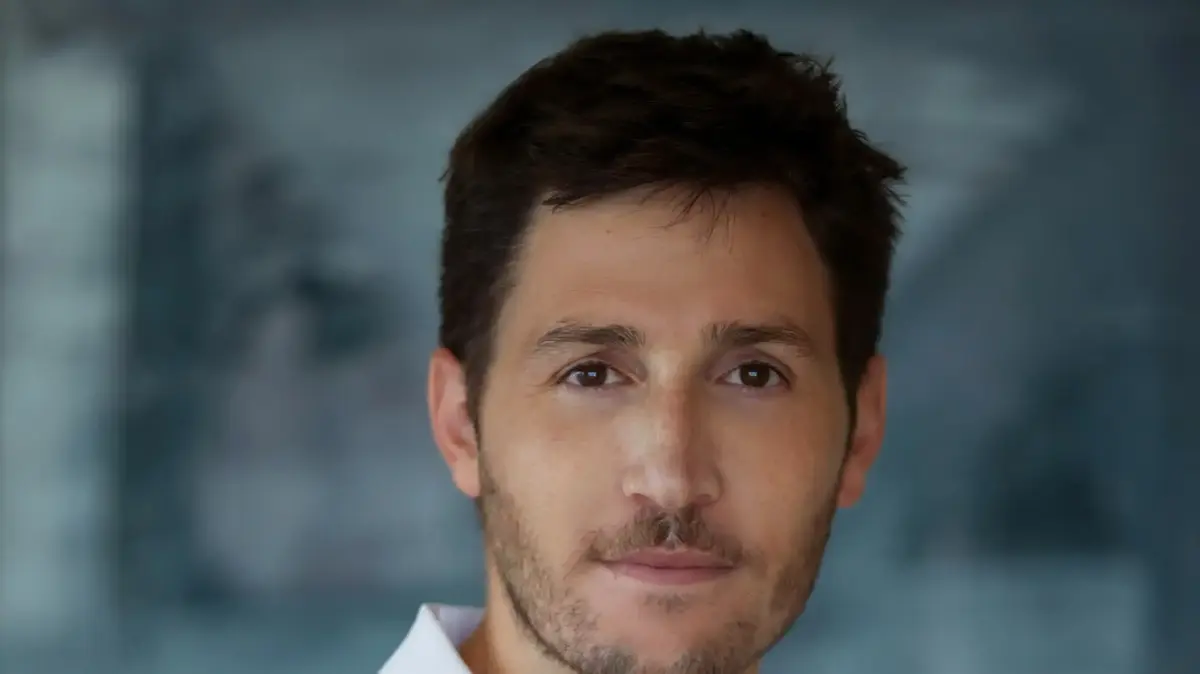PHOTO: A receipt for 'invisible' art could cost half a million dollars.
(Credit: Sotheby's)
(CNN) --
In 1958, artist Yves Klein opened a famous exhibition called "The Void," in which he placed a large cabinet in an otherwise empty room.
Thousands of visitors, who paid for his admission, showed up at a Paris gallery to take a look at nothing at all.
Following the show's success, the French artist took the idea one step further, giving collectors the opportunity to purchase a series of non-existent, entirely conceptual spaces in exchange for a peso of pure gold.
A handful of buyers accepted the offer.
And now, nearly 60 years after Klein's death, one of the receipts he wrote to prove ownership of his unseen artwork is up for sale.
And the auction house Sotheby's estimates that it could fetch 500,000 euros (about $551,000).
Less than 20 centimeters wide, the receipt grants ownership of one of Klein's imaginary spaces, which he called "Zones of Immaterial Pictorial Sensibility."
Designed to resemble a bank check, it is signed by the artist and dated December 7, 1959.
Russian journalist Dmitry Muratov to auction his Nobel Peace Prize medal in support of Ukrainian refugees
Yves Klein.
(Credit: Express Newspapers/Hulton Archive/Getty Images)
An 'invisible' work of art
The receipt was originally given to antiquities dealer Jacques Kugel, and is one of the few believed to have survived, Sotheby's said in a statement.
This is not simply because Klein struggled to sell many of the imaginary works, but because he offered his clients a choice: keep the receipt from him or ritually burn it.
advertising
In case of having opted for the second, it would be considered the "ultimate owner" of the conceptual work.
As part of Klein's performance, he would later burn the receipt in the presence of witnesses before dumping half of the gold he was paid into the River Seine.
Kugel opted to keep his, and it has since been exhibited at major art institutions across Europe, including the Hayward Gallery in London and the Center Pompidou in Paris.
The item is being put up for sale by art consultant and former gallery owner Loïc Malle, who is auctioning off more than 100 items from his private collection.
Comparing Klein's idea to NFTs, Sotheby's said it will accept cryptocurrency payments for the item.
"Some have likened the transfer of a zone of sensitivity and the invention of receipts to an ancestor of NFTs, which in turn enables the exchange of immaterial works," the auction catalog reads.
"If we add that Klein kept a record of the successive owners of the 'zones', it is easy to find another revolutionary concept here: the 'blockchain'."
Luxurious mansion with mural by Italian painter Caravaggio will go up for auction again with a reduced starting price
Sotheby's also confirmed, in a press release, that the successful bidder "will not become the custodian of this historic receipt, but also of Klein's unseen artwork."
Klein, who died in 1962, was a key figure in the nouveau réalisme (new realism) movement, which used art to subvert viewers' perceptions of reality.
In 1957 he opened an exhibition in Milan made up of 11 blue canvases, identical in shape, color and size.
However, his best-known work is the 1960 photograph "Leap into the Void," which appeared to show the artist jumping from a high wall, although it was actually a combination of two separate images.
auctions






